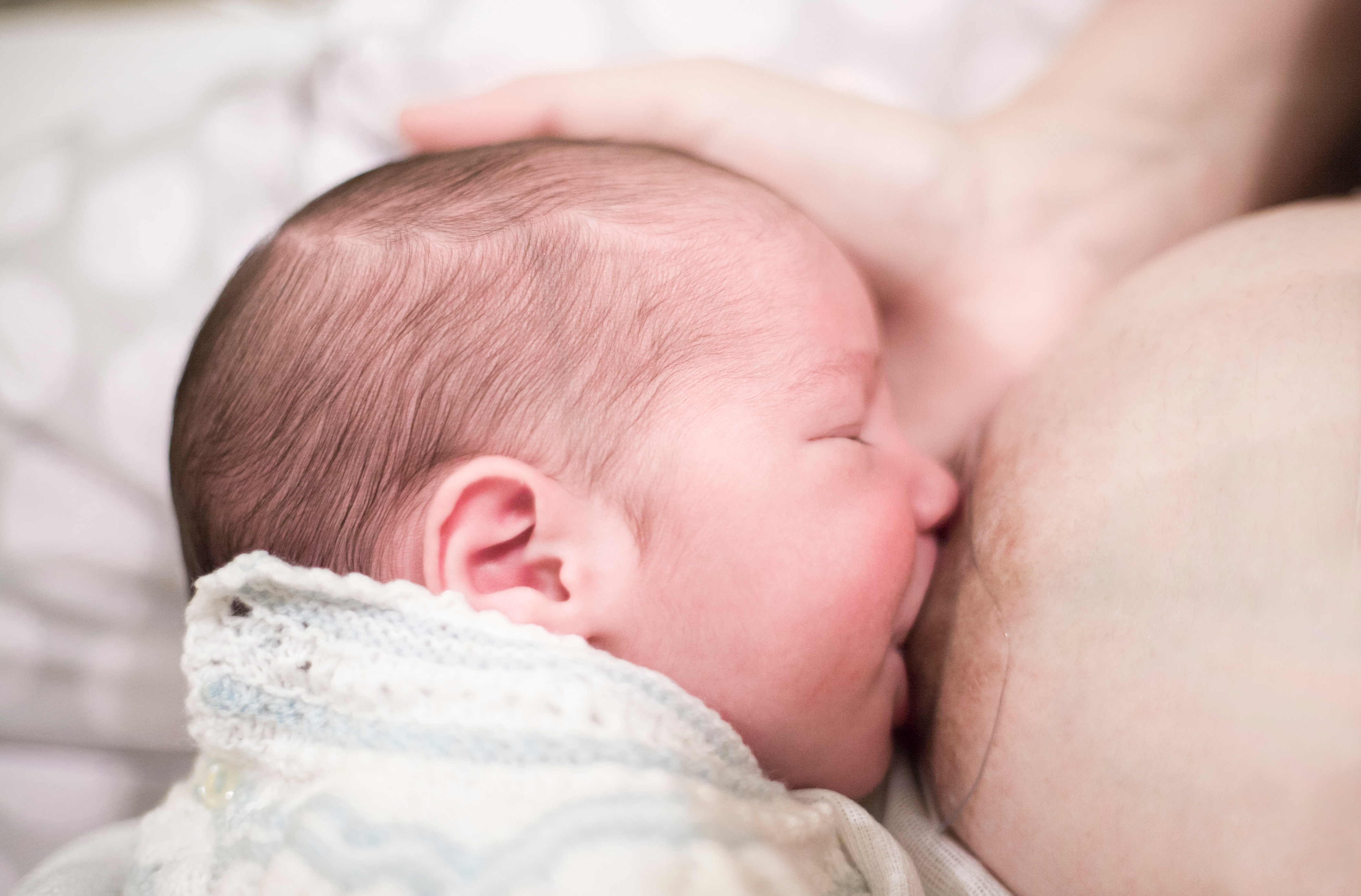Nipple shields and breastfeeding support in the clinic
Nipple shields may be useful in management of three clinical presentations
Nipple shields may have a role, at the same time as primary interventions are applied, in the following three presentations:
-
Severe pain and/or damage
-
Conditioned sympathetic hyperarousal at the breast in association with nipple pain, commonly due to unidentified positional instability
-
Very low-height nipple, contributing to difficulties bringing the baby on to the breast despite ongoing intervention to eliminate conflicting intra-oral vectors of force.
Nipple shields are a useful secondary or adjunct intervention for nipple pain and wounds
Although nipple shields are often used as compensation for failure to identify and address underlying problems of positional instability or conditioned dialing up at the breast, they remain an important adjunct intervention for nipple pain and damage.
-
Both a 2015 systematic review and a 2021 review conclude that nipple shield use substantially benefits breastfeeding when problems emerge, both in measurable outcomes and in reports by mothers.1,2
-
In a study by Coentro et al 2021, which randomized nipple shield use in a group of 20 mothers with nipple pain and 28 without breastfeeding problems, nipple shields improved maternal comfort and did not impact milk removal or sucking strength in the pain group.3
The Academy of Breastfeeding Medicines Clinical Protocol #36 recommendation to avoid nipple shields does not align with the evidence
The Academy of Breastfeeding Medicine's Clinical Protocol #36 'The mastitis spectrum' recommends: “Avoid the use of nipple shields. Available evidence does not support the use of nipple shields. Neither safety nor effectiveness has been demonstrated. Nipple shields … result in inadequate breast milk extraction.[McKenchie & Eglash 2010]”. This recommendation is rated: Level of Evidence 3. Strength of recommendation C.5 You can find a critical analysis of Clinical Protocol #36 here.
- A 2010 McKechnie & Eglash study, co-authored by one of Clinical Protocol $36's co-authors, is the only study cited by Clinical Protocol #36 as underlying evidence for this statement, and is out of date.4
How to help breastfeeding women use nipple shields
A case which describes the use of nipple shields is found here.
The breastfeeding woman in this photo below is using a nipple shield. However, baby's lips are visible - a classic sign of poor fit and hold. The mother's hand is holding the side of the baby's head and the baby is positioned vertically relative to the woman's breast. Unfortunately holding baby's head in this way can 'switch off' baby's breastfeeding reflexes, or result in backarching and fussing at the breast. It is likely that this woman is using the nipple shield for nipple pain, or for difficulty bringing baby on to the breast, but the underlying fit and hold problems - which will result in nipple and breast tissue drag, and fussy behaviour at the breast, are not addressed.

References
-
Chow S, Chow R, Popovic M, et al. The use of nipple shields: a review. Frontiers in Public Health 2015;3:doi:10.3389/fpubh.2015.00236.
-
Geddes DT, Gridneva Z, Perrella SL, et al. 25 years of research in human lactation: from discovery to translation. Nutrients 2021;13:1307.
-
Coentro VS, Perrella SL, Lai CT, et al. Nipple shield use does not impact sucking dynamics in breastfeeding infants of mothers with nipple pain. European Journal of Pediatrics 2021;180:1537-43.
-
Mitchell KB, Johnson HM, Rodriguez JM, Eglash A, Scherzinger C, Cash KW, et al. Academy of Breastfeeding Medicine Clinical Protocol #36: The Mastitis Spectrum, Revised 2022. Breastfeeding Medicine. 2022;17(5):360-375.
